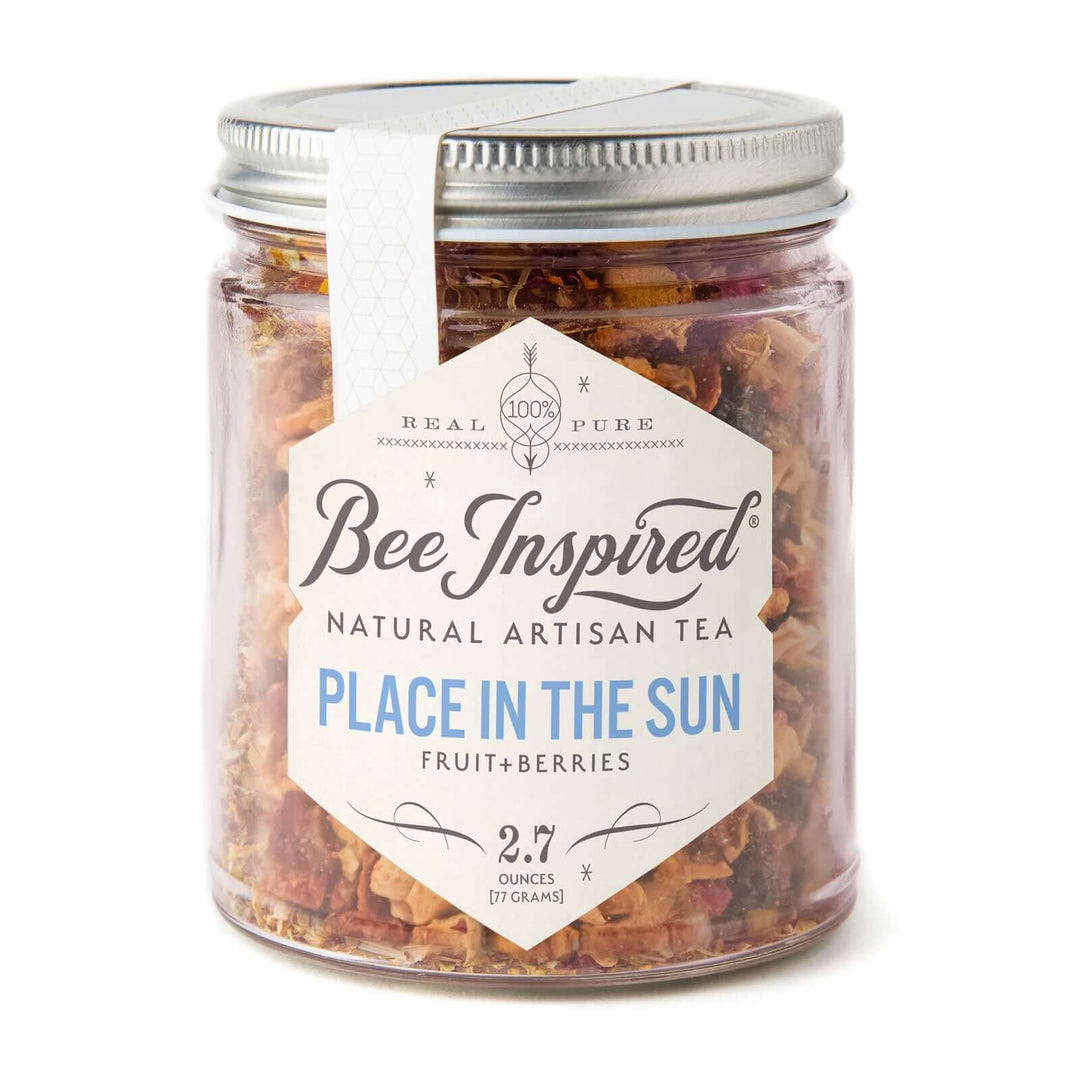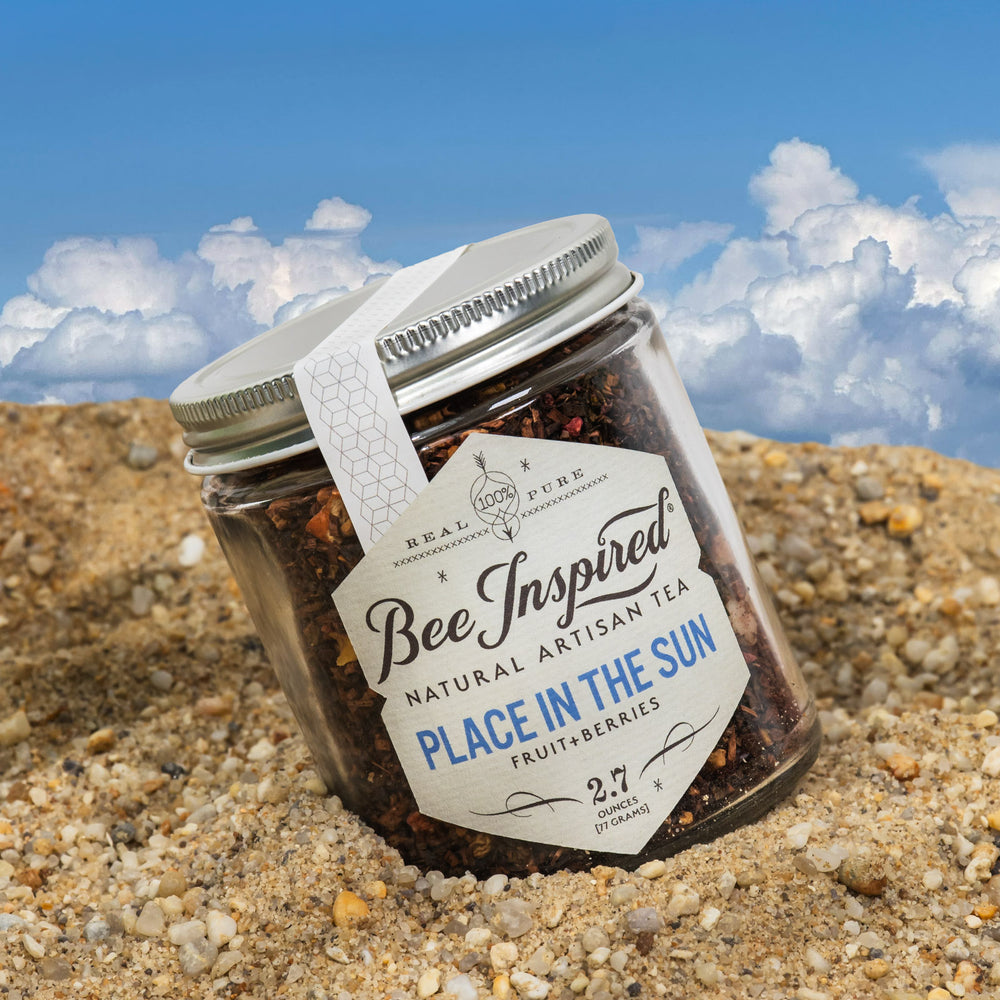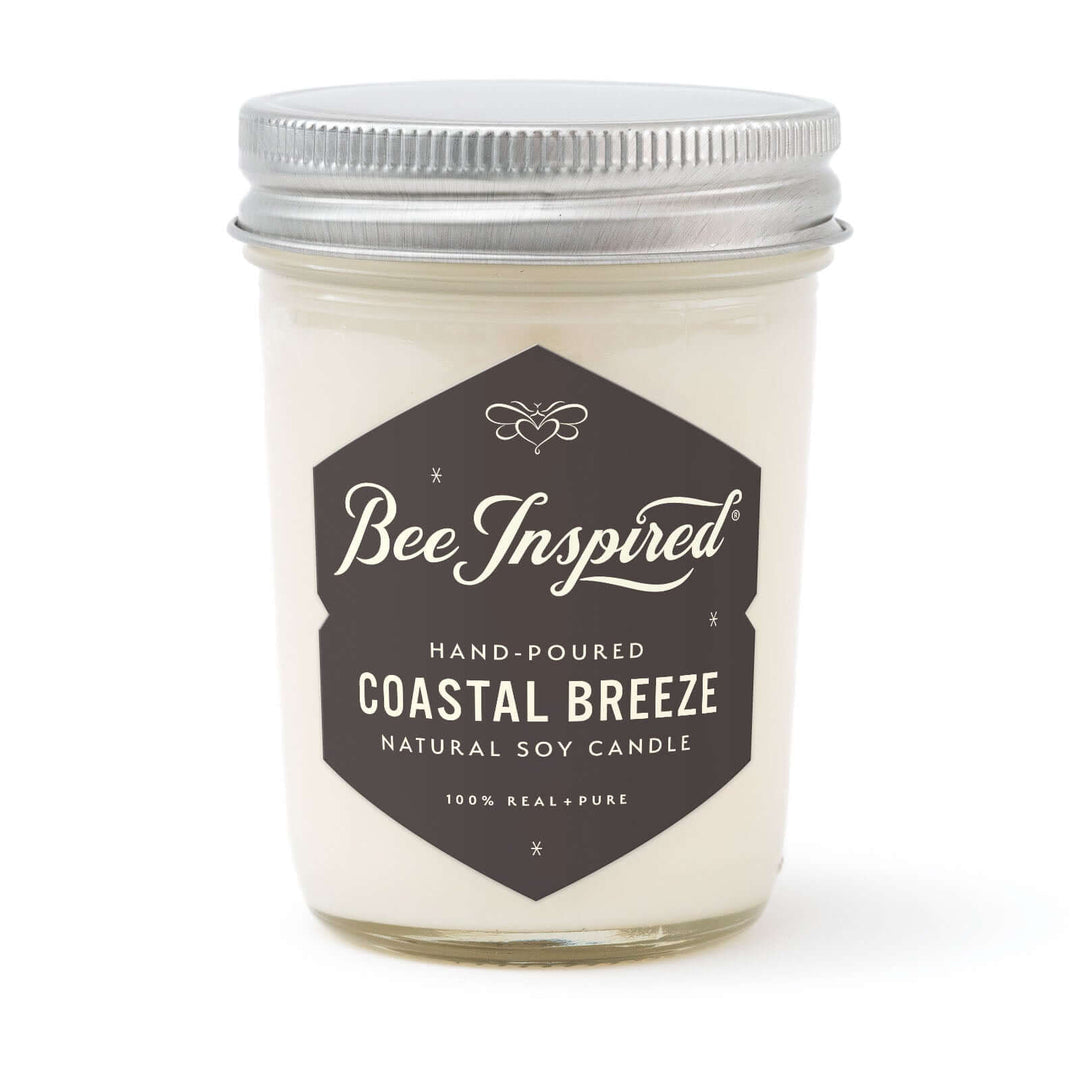I am not at all scientific. I am a forth year beekeeper with an enthusiastic outlook and a few books under my belt.
My beekeeping success has only been made possible by a 76 year old man named Dale Large. Dale is a 50-year beekeeping veteran who is by my side each visit to our hives. He is not at all scientific either, but he is a bee-whisperer. He handles them well, much more confidently than I do. We find issues together and we read about the issues, but often times we don’t always have the answers.

I filled out the bee survey last year and the Maryland Agriculture Department reported that I lost my bees again (18 hives). I was placed into the Maryland State Bee Study that appears to be a joint effort between University of Maryland and The Maryland State Environmental Protection Agency. (Some of the paperwork says University of Maryland and some says EPA.) The head of Apiculture, Jerry Fischer, and Dean Burroughs, our local bee inspector came out to our apiary and took samples from two rows of hives on May 19th. About a month after I installed nucs. The hives were strong, there were from 4-10 queen cells in each of the brood boxes, it looked like they were all about to swarm. They were storing honey already. It was amazing how healthy they all seemed.


The results of the study were very faintly printed. It would be hard to get a good scan, but they stated that I am in the 90th percentile for Nosema, and that the bees have a virus that impacts the shape of their wings.
When I started on the “why are my bees dying" journey, some of the consultants that I have asked in the past were convinced I had a varroa mite problem (It’s common here). At the time of the study, out of 658 bees or so, there was only one mite. I was in the lowest percentile for varroa mite. Now, that could be misleading because I think that varroa doesn’t turn into a real problem, until around August.
I have a million questions about treating for Nosema or even if I should treat (I think I should have). I wonder: does being in the 90th percentile mean that my hives are all infested with Nosema? I wrote the director at College Park to ask my questions. I didn’t hear back. I tried to reach the bee inspector; sadly, he had a stroke shortly after our visit and was out for a while, and is now retired. The language was so vague on this report that I had to bring in a big gun (a lawyer friend) and ask him to interpret what he thought it meant. He acknowledged that 90th percentile was bad news.
Other questions I asked included: What do you do to treat for Nosema? When do you treat? What products involve the least number of chemicals? Are there natural ways to treat for Nosema? Do I have to start from scratch removing all the comb, etc.? How do the bees deal with that this time of year? If I have to irradiate where do I do that and how do I do that, wait until the bees die? Do I have to get the honey inspected for disease?
I had no idea what the next steps were, my books suggested fumagillin-b as did this site. My local bee inspector and farmer both suggested treating with fumagillin-b. Before I went in that direction, I dug a little deeper and learned that it was possible that apple cider vinegar, and 3 tablespoons-1 gallon of feed (sugar water) would help. I immediately did this treatment for all 18 hives.
I probably should have treated the hives with the antibiotic fumagillin-b.
It’s almost like when you are sick, really sick and no natural remedy is going to work so you have to go to the doctor and get a z-pack. My bees needed a z-pack.
From a visual perspective, everything seemed normal; however, harvest was much stronger than the year prior.
Nosema is a parasitic fungi caused from bees not being able to exit the hive. The honey and/or sugar water have solids in them that they cannot pass during long stretches of cold weather where the bees cannot exit the hive and leave for cleansing flights, allowing more spores to build up in the bees rectum. Eventually, depending on how bad it is, it becomes difficult to repair this without starting from scratch.
And that is what we are planning to do in the upcoming bee season. We are acquiring mostly all new equipment and we are not going to recycle comb from last year. We are going to start fresh and hope for the best.
Next up: Building hives. How it works.











